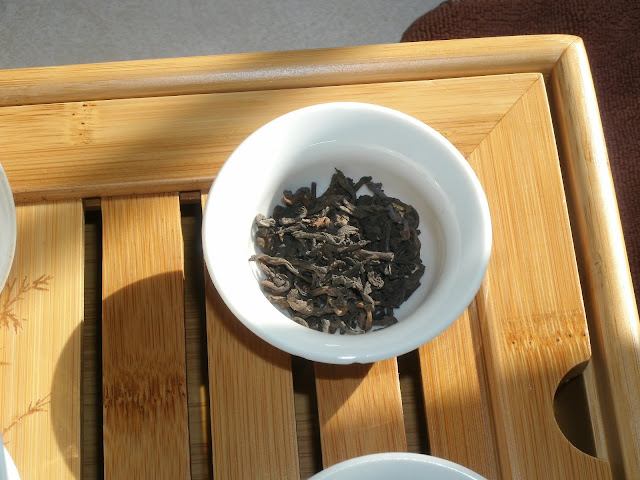Panama 4

3/4 of the population of Panama is Roman Catholic, with Protestantism being second at 20%. The most densely settled areas of the country are along the canal where the country is lowest and narrowest. The least densely populated are is the eastern third of the county, especially along the Atlantic slopes of the mountains. Panama is a young country with over half of the population under age 30, and almost 75% of the population under age 45. Nearly 70% of the population lives in urban areas, and the majority of their economy is based on service jobs thanks to off shore banking, and canal traffic. Agriculture and fishing account for less than 10% of the GDP, but represents nearly 20% of the workforce. Today's tea is dragonwell. This is a pan-fired Chinese green tea known for its nutty flavor. The color variation of the leaves is due to the pan-firing process. This is a more delicate tea, and is said to also cut the greasiness of food with its light flavor. It is also used as a p...



